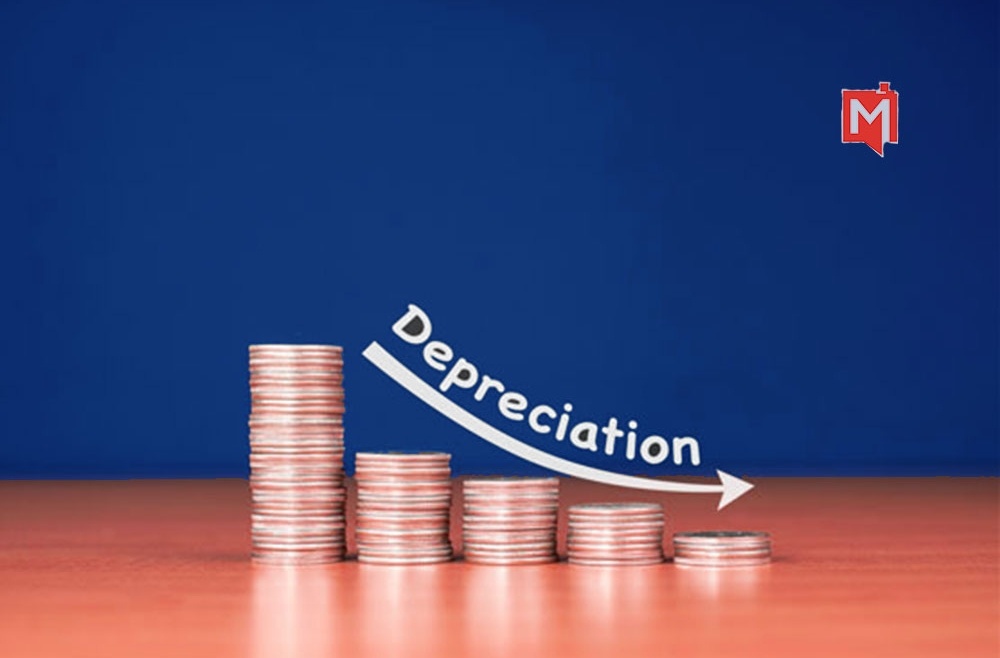Today, let’s spend a moment talking about depreciation.
Depreciation, in a nutshell, is taking a deduction on a piece of equipment over time. Typically, it’s on a piece of equipment that will eventually break down and have little to no value at some point (like a piece of machinery, a computer, etc.)
Once the leased asset and lease liability has been recognised in the financial statement, it should be depreciated over the period the entity will be using the asset.
This is the lower of its expected useful life and the term of the lease. If it’s reasonably certain the entity will obtain ownership of the asset at the end of the lease period, the asset should be depreciated over its expected useful life.
The leased asset will be included in the statement of financial position at its cost, less any accumulated depreciation
The depreciation will be charged as an expense in the profit or loss.
It is also important to understand the concept of “accumulated depreciation,” it’s helpful to be familiar with this depreciation mechanism. Depreciation enables a company to allocate over several years charges that are related to a fixed asset. Also known as a tangible or long-term resource, a fixed asset usually serves in a company’s operations for more than one year. Accountants call “useful life” this operating time frame. Tangible resources include equipment, machinery, land and factory plants. Accumulated depreciation is the sum of all depreciation expenses recorded on a fixed asset since the asset’s purchase.
Remember… M.I.S.S wants you to always Share and Enjoy our Posts! Best wishes.




2 Comments
Albert Egbefo
Thank you for this wonderful way I have been looking for such thank God
missadmin
Thanks for your interest. 1. Visit our website to apply https://missleasing.com/apply-online/ 2. Get our free guide here https://missleasing.com/thank-you/